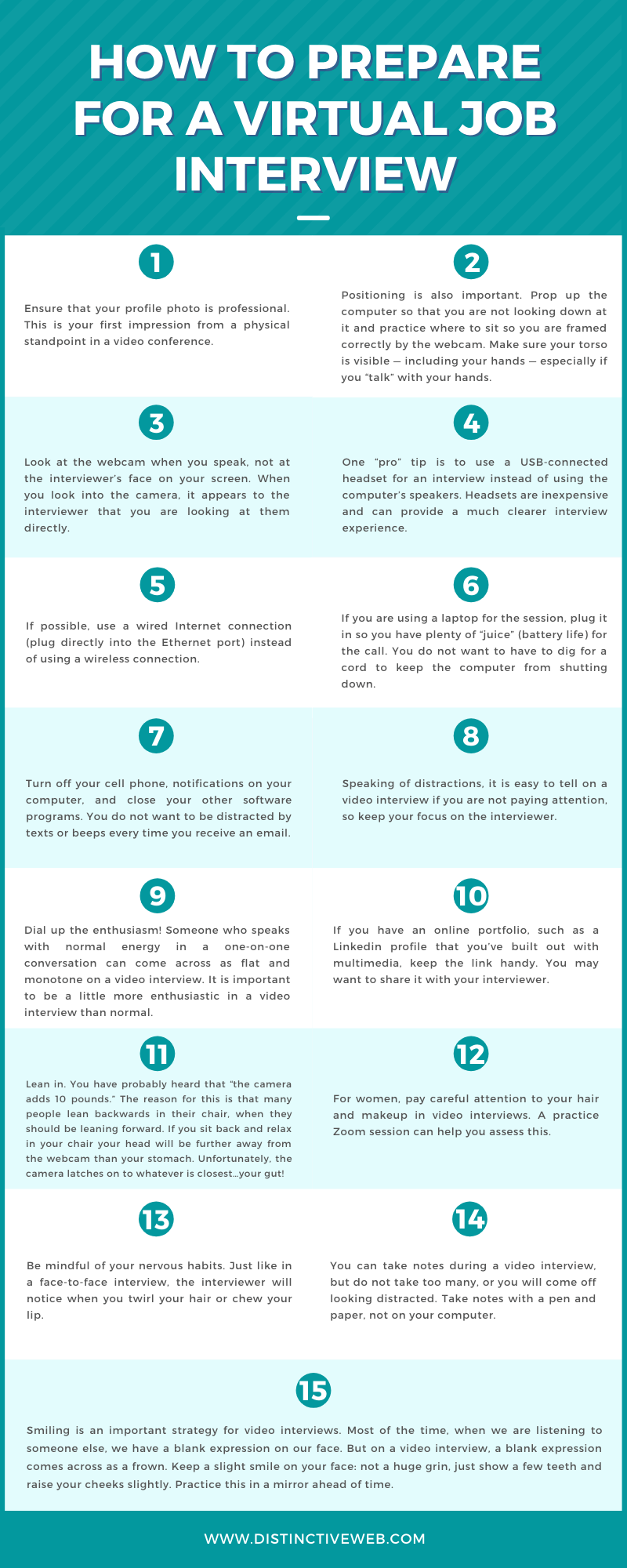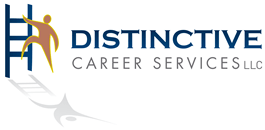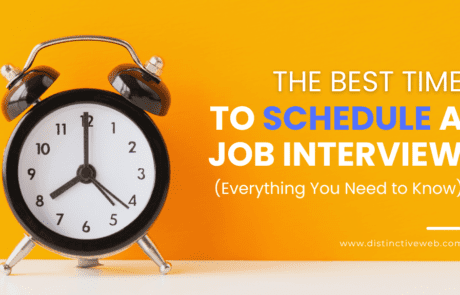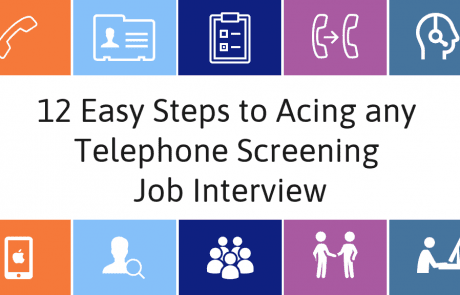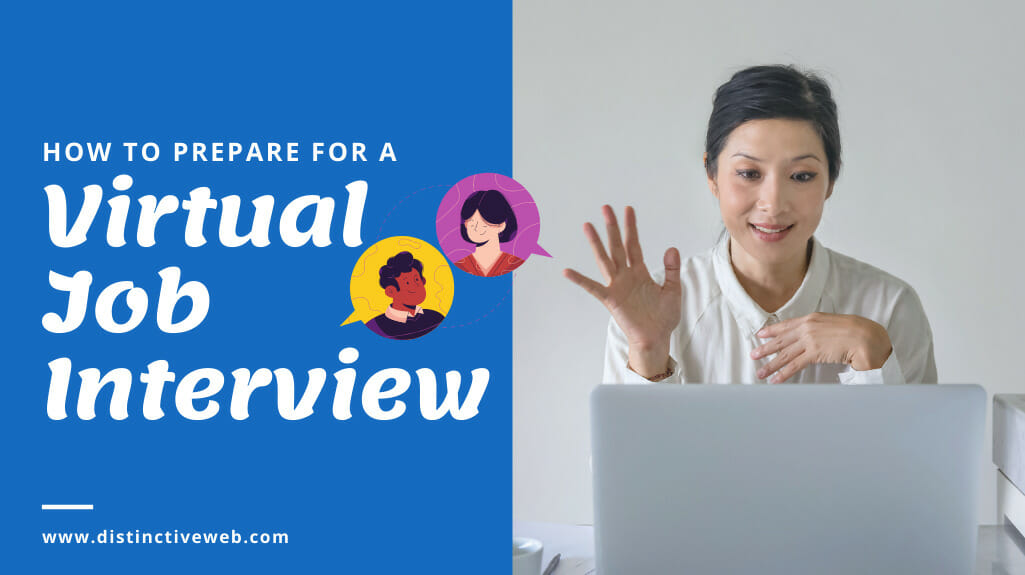
Virtual job interviews. We originally published this article in 2012. Virtual interviewing was a novelty back then. Today, it is a common practice, and this was true even before the COVID-19 pandemic. It was far past time for us to update the tips in this article. Read on to learn the latest about virtual job interviews and how you can prepare as a jobseeker.
Traditionally, virtual job interviews (which could be either phone interviews or video interviews using a technology such as Skype or Zoom) were used to conduct a pre-screening for an in-person interview and to answer any questions not addressed in the resume. But, today, virtual job interviews are also replacing many in-person “first interviews.” You will likely be asked the same questions in your virtual interview that you might have expected to be asked in a face-to-face interview. The bottom line: You must prepare like you would for an in-person interview.
In-depth virtual interviews are more common in management and executive positions — especially when relocation is required. For these positions, multiple virtual job interviews may be conducted before an invitation is made for a face-to-face interview.
Virtual interviews can save you time — and they can also save you money because you do not have to drive to an interview (or travel, if relocation is required).
As with a face-to-face interview, there are three possible outcomes from a virtual interview. You will be offered the job, advance to another interview (either by phone or face-to-face), or you will be eliminated from consideration.
The most important advice for any type of interview also applies to virtual interviews: Practice really does make perfect.
The 2 Types of Video Interviews You Must Know About
There are two types of virtual interviews conducted via video — live interviews (using Skype, FaceTime, Zoom, or similar technologies) and recorded Question-and-Answer interviews, also called “time-shifted” video interviews.
In a recorded interview, the jobseeker is directed on a website to answer questions on video, using their computer’s webcam. Video interviews provide an apples-to-apples approach to assessing candidates. All applicants are asked the same questions, and the hiring manager can review and rate the responses. These interviews can be easily set up by the company’s HR staff and the recording forwarded to the hiring manager for selection for the next round of interviews.
More common, however, are live video interviews which are simply a traditional job interview conducted virtually.
How To Prepare for a Virtual Interview
A video interview has many benefits for the job seeker. No travel required, easy to fit into a schedule, no nerve-wracking waiting in the reception area or, worse, conference room. Easy, right? Log in at the appointed hour, answer questions, ask some of your own questions, and boom, you’re done, right? Well, not exactly.
Notwithstanding the fact that you don’t have to worry about sweaty palms (or worse if you were running late!), there are some things you need to consider when preparing for a video interview. Here are some tips:
Virtual Interviewing Tips
What To Do Next
As with an in-person interview, be sure to inquire about what the next step will be. And write a handwritten thank you note or email as soon as you are off the call. Follow-up is key after a virtual job interview, similar to an in-person interview.
